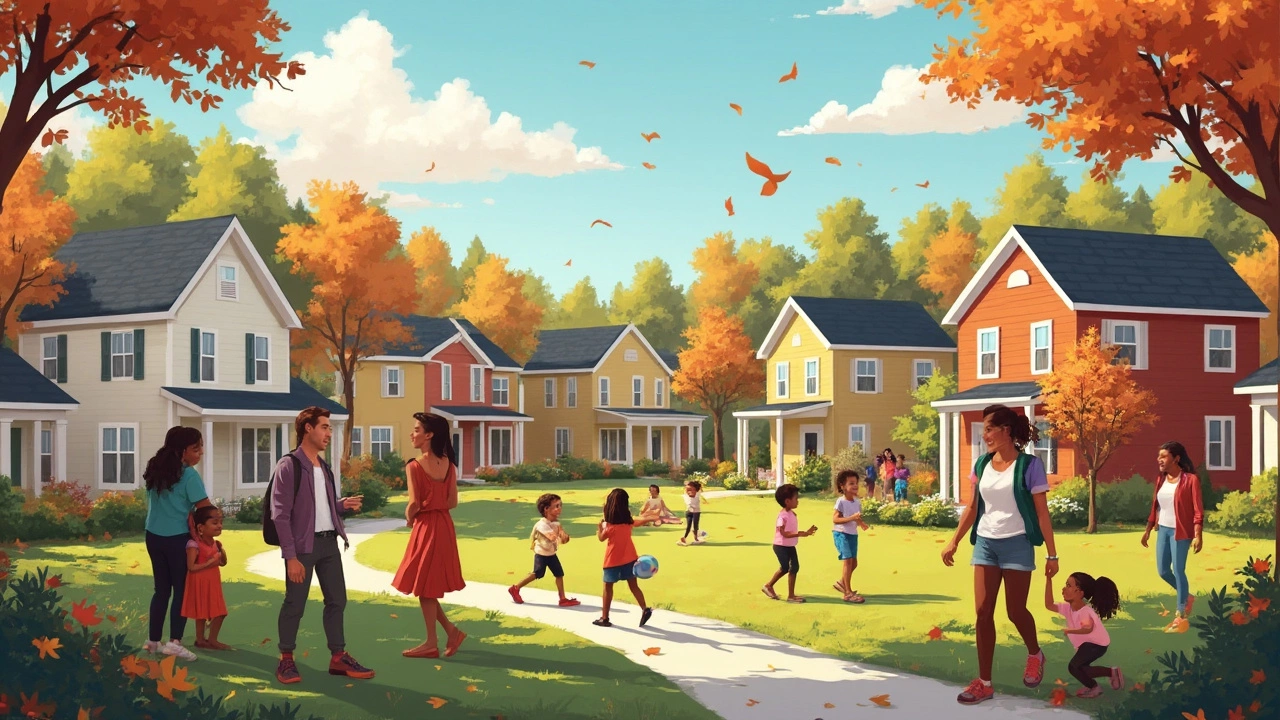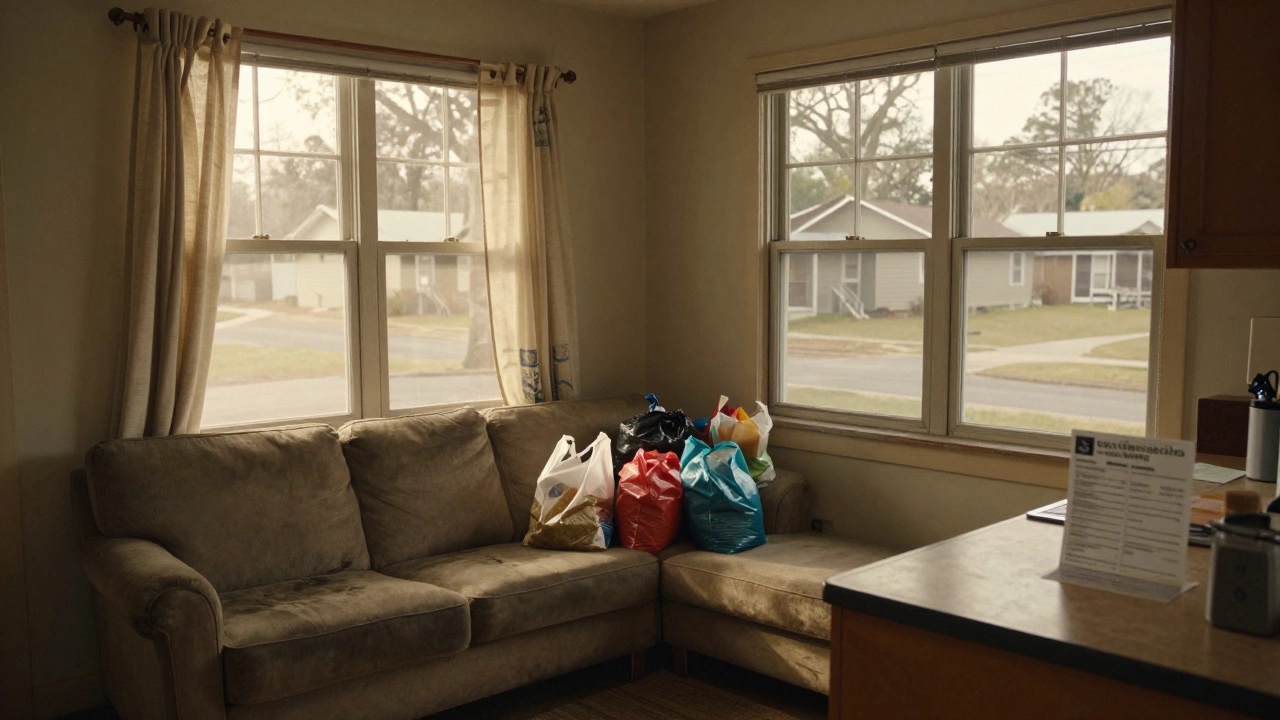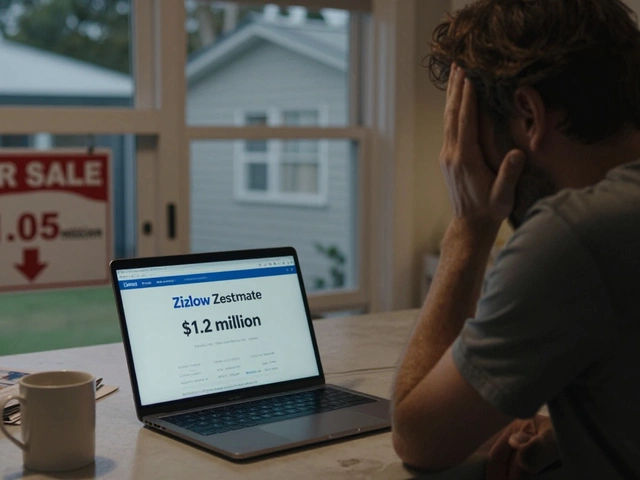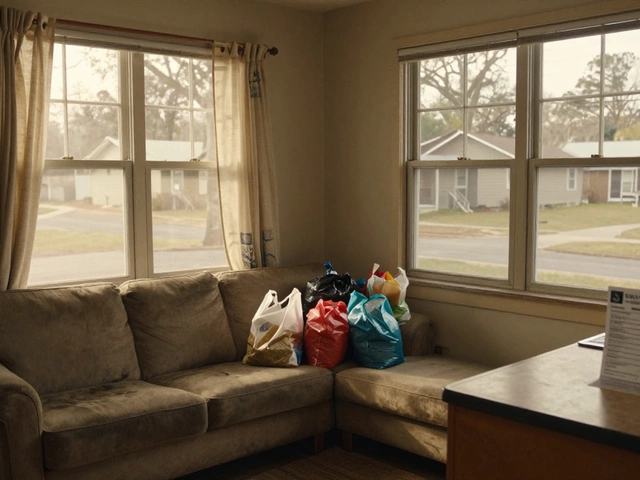Class D Home Explained: Meaning, Features, and What Buyers Should Know

A sign that says 'Class D Home for Sale' can make even experienced homebuyers pause. Is it some rare architectural find? Is it a fixer-upper with a twist? Actually, 'Class D' is far less mysterious—it's real estate code for a type of property that comes with unique challenges and, believe it or not, opportunities. In the real estate world, alphabet letters aren’t about school grades—they're about the condition, location, and investment potential of homes. And 'D' stands out, not always in the best way.
What Does 'Class D' Mean in Real Estate?
Real estate professionals use classes—like A, B, C, and D—to group properties by quality, location, and investment potential. Think of it as shorthand for how appealing or risky a property is across several key factors. So what makes a home a 'Class D'? These are usually the lowest tier on the scale. We're talking old houses that need major repairs, homes in neighborhoods with high crime rates, properties in less desirable locations, or ones with consistent tenant turnover. Class D isn’t just about appearances; it’s a whole mix of things that make a home cheaper, but also trickier, to own.
If a home falls into this class, it's generally because it misses the mark on several levels. Maybe it's outdated. Maybe essential systems—plumbing, heating, roofs—are all on their last legs. Maybe it’s had a rough tenant history. Maybe the neighborhood has a tough reputation or declining schools. At its core, a class D home is seen as high risk, low reward—at least on paper.
In the US, industry sources say that Class D properties often drop 30-50% below the city’s median price for similar-sized homes. According to a 2023 appraisal study by CBRE, these homes can linger on the market up to four times longer than Class A or B properties. No wonder investors get nervous when they see that 'D.' But there are die-hards who love the challenge and see hidden value.
"In real estate, there’s no such thing as a bad property, only a bad price or bad management," says real estate analyst Mark Ferguson. "Class D homes test that theory every day."
Identifying a Class D Home: How to Spot One
It's easy to spot luxury homes, cookie-cutter subdivisions, or cute bungalows. Spotting a Class D home takes a sharper eye. You won't find a big red 'D' spray-painted on the mailbox. Instead, watch for clues. Start with curb appeal—or the lack of it. You might see peeling paint, sagging porches, missing shingles, overgrown lawns, boarded windows. That’s just the beginning.
On the inside, Class D homes are often missing basic upgrades. Heating and cooling systems might be patched together with duct tape. Outlets and switches could look like they belong in a retro museum—except it’s not cute. Plumbing is prone to problems. Kitchens and bathrooms scream for new fixtures. Windows might rattle with every gust of wind.
The location is its own giveaway. Are there abandoned buildings nearby? Is the neighborhood part of an area reporting higher crime or vandalism rates? Is garbage piled up in empty lots? How often do police drive by? If you spend any time browsing real estate forums, you'll see folks trading stories about cracked foundations, neighbors with 'colorful' reputations, or streets where every other home is up for sale or rent.
The numbers tell a story as well. According to Redfin data released in early 2025, homes classified as Class D in Detroit spent more than 200 days on market, and had an annual tenant turnover rate close to 80%. Take a look at the table below to see how Class D compares to the other classes:
| Property Class | Typical Condition | Neighborhood Trends | Average Days on Market | Estimated Price Range |
|---|---|---|---|---|
| A | Excellent, modern | Affluent, rising | 20 | High |
| B | Good, slightly dated | Stable | 35 | Above median |
| C | Worn, functional | Mixed | 90 | Below median |
| D | Poor, needs work | Declining or high risk | 200+ | Well below median |
Once I ventured into a Class D home just out of curiosity. I stepped right through a loose floorboard on my first tour. Turns out, that's common—the unpredictability is part of life for many D-class properties.
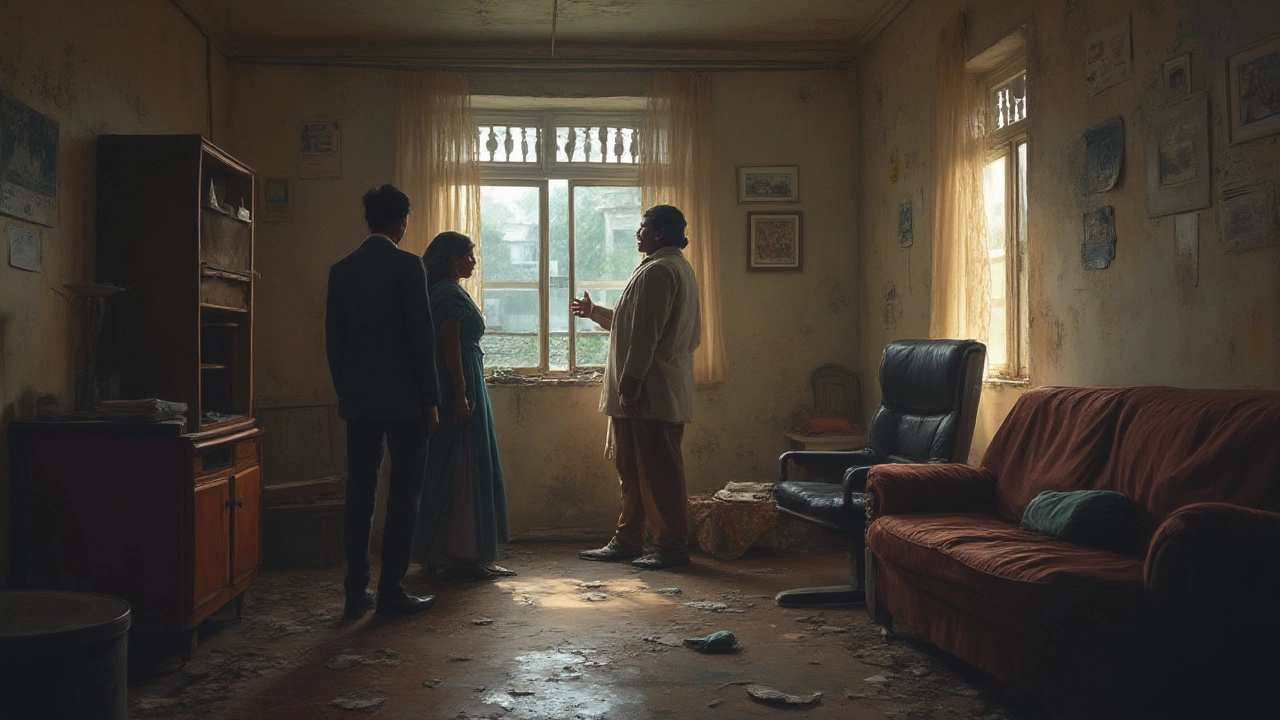
Why Do Class D Homes Exist?
Not everyone wants to—or can—live in a freshly renovated, Pinterest-ready house. Class D homes exist because cities are old, economies change, and not everyone has the cash or the need for a fancy property. Some neighborhoods were hit hard by jobs leaving town, shifts in population, or a wave of foreclosures. Over time, the roads crack, buildings sag, and houses drop from Class C to D.
Landlords sometimes hold onto these homes because they’re cheap to buy, even if they're a pain to manage. Rents are low, so the tenants who move in often have few choices. For some, it’s about survival: an affordable place, even if it means sacrificing comfort, safety, or convenience.
These homes can also attract buyers with an appetite for risk. There are folks who love a good renovation challenge or believe they can make money flipping rough properties. But it's not a deal for everyone. Buying or renting a Class D home is often less about ambition and more about what's simply available or affordable right now.
Sometimes, city governments step in. They may offer incentives for rehabbing Class D homes, hoping someone will give them new life. In places like St. Louis and Cleveland, city-backed loan programs helped turn dozens of D homes into decent, low-cost options, but it’s a drop in the bucket compared to what’s needed nationwide. The existence of Class D homes is a reminder of how uneven opportunity and housing quality can be in every city.
The Risks and Challenges of Buying a Class D Home
Let’s not sugarcoat it: the risks are high. First, repair costs. Everything might need attention at once—roof, electrical, HVAC, plumbing, foundation. It’s like the house version of a classic car in desperate need of a tune-up, but with far more at stake. An inspection is not optional; it’s your financial body armor. Even experienced investors can be caught off-guard by hidden problems lurking under the surface.
Getting a mortgage can be tough. Many mainstream lenders don’t want anything to do with D-class homes unless buyers come in with substantial down payments or cash. Insurance is tricky, too. Some companies won’t cover properties in neglected neighborhoods, and those that do may charge sky-high premiums. Add to that the challenge of finding reliable tenants, managing repairs, avoiding costly legal disputes, or dealing with break-ins or vandalism. Some landlords joke about learning to fix broken windows in their sleep.
There’s also the emotional toll. Living in or owning a home in a high-risk area is stressful. My friend Paul once managed rentals in a Class D zip code and confessed that he spent more time talking to police and contractors than actual tenants. And if you’re thinking about resale or appreciation, history isn’t on your side. According to Fannie Mae’s 2024 market report, Class D homes increased in value by only 1% annually between 2020 and 2024, lagging behind all other classes by a wide margin.
- Higher maintenance costs
- Potentially low tenant retention
- Frequent vacancies
- Difficulty getting financing
- Legal headaches from code violations
- Insurance challenges
Before you consider jumping into a Class D home as a buyer or investor, talk to people who have real experience with the process. Read up on the risks. Nobody wants to be blindsided. Sure, the price tag might tempt you, but remember: the true cost is often hidden behind the walls—and under that loose floorboard.
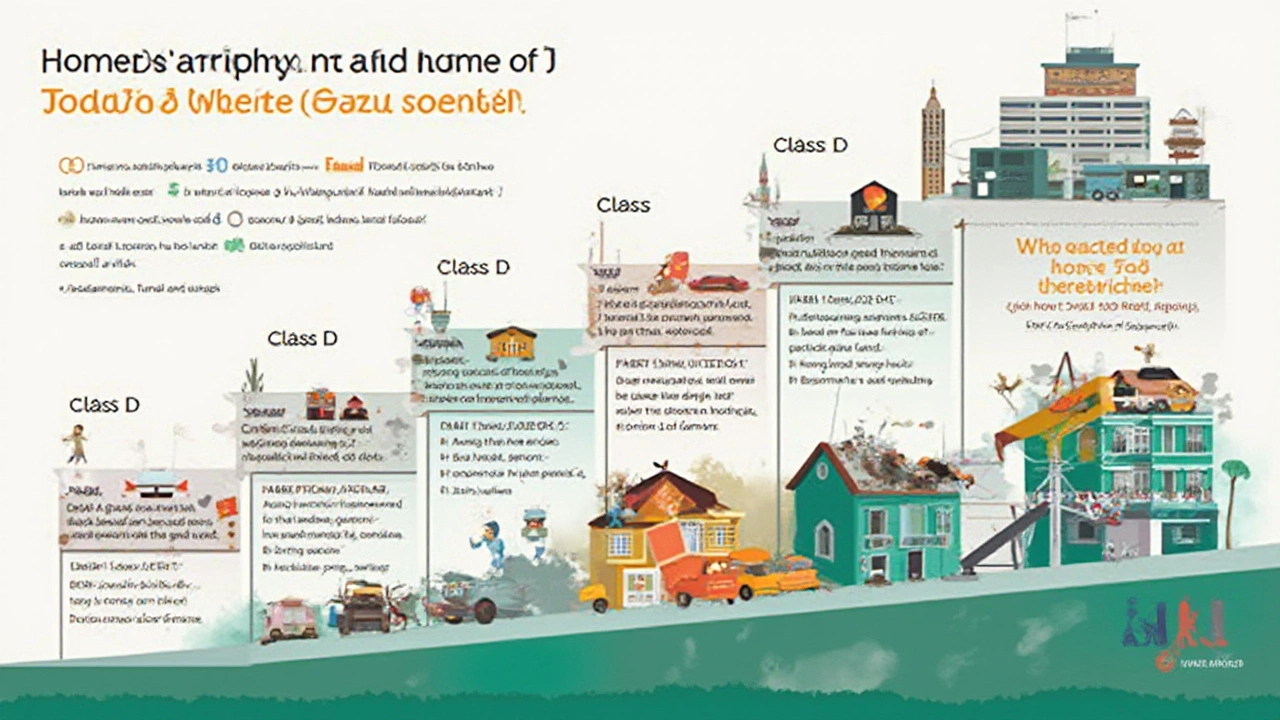
Tips for Buyers and Investors: Navigating Class D Smartly
If you’re still reading, you’re either brave or curious—or maybe both. There are ways to make Class D homes work, but only if you walk in with eyes wide open. Here are some tips to keep yourself (and your wallet) safe:
- Don’t skip the inspection. If a seller tries to talk you out of it, that’s a red flag waving right in your face.
- Budget for surprises. Assume every system—roof, furnace, wiring—will need attention. Pad your repair budget by 30-40%.
- Research the neighborhood. Visit at different times of day. Talk to current tenants or neighbors. Look up crime reports and city development plans.
- Check for city incentives. Some areas offer tax breaks, grants, or low-interest loans for repairs or energy upgrades. Take the free money if you can.
- Consider property management. The right manager can handle headaches you never want to experience yourself.
- Think twice about financing. Local banks and credit unions might offer deals national lenders won’t touch. Be prepared to bring more cash to the table.
My wife Laura once told me, “Some homes aren’t fixer-uppers—they’re fixer-upper-uppers.” That definitely applies here. If you’re handy, have serious grit, and enjoy playing housing detective, you might see something in a Class D home nobody else does. For the rest of us, it pays to be cautious, do your homework, and never underestimate what you can’t see behind closed doors.
